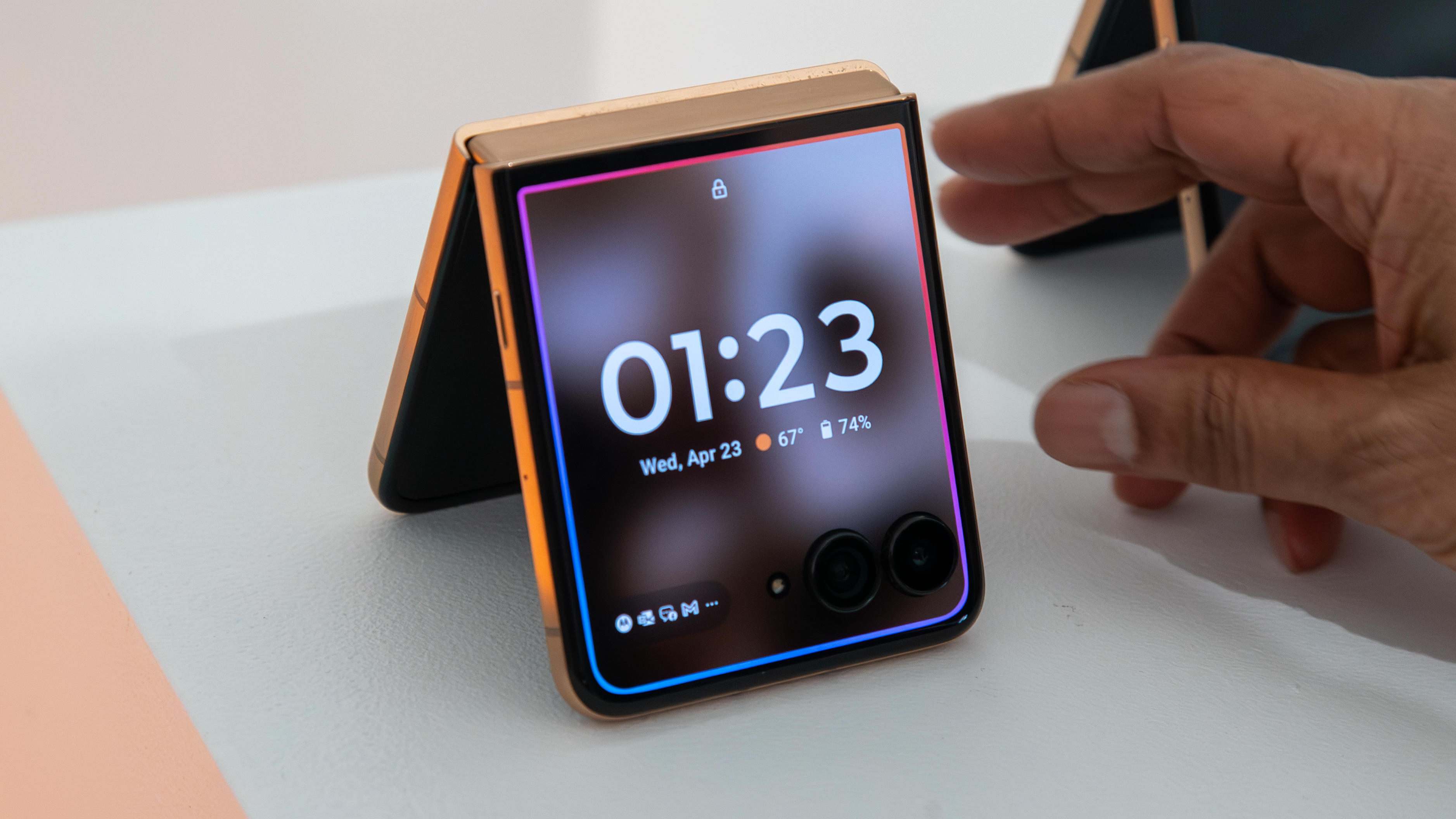Best Android phones under $400
You can now get amazing performance, battery life, and cameras from phones in this segment.
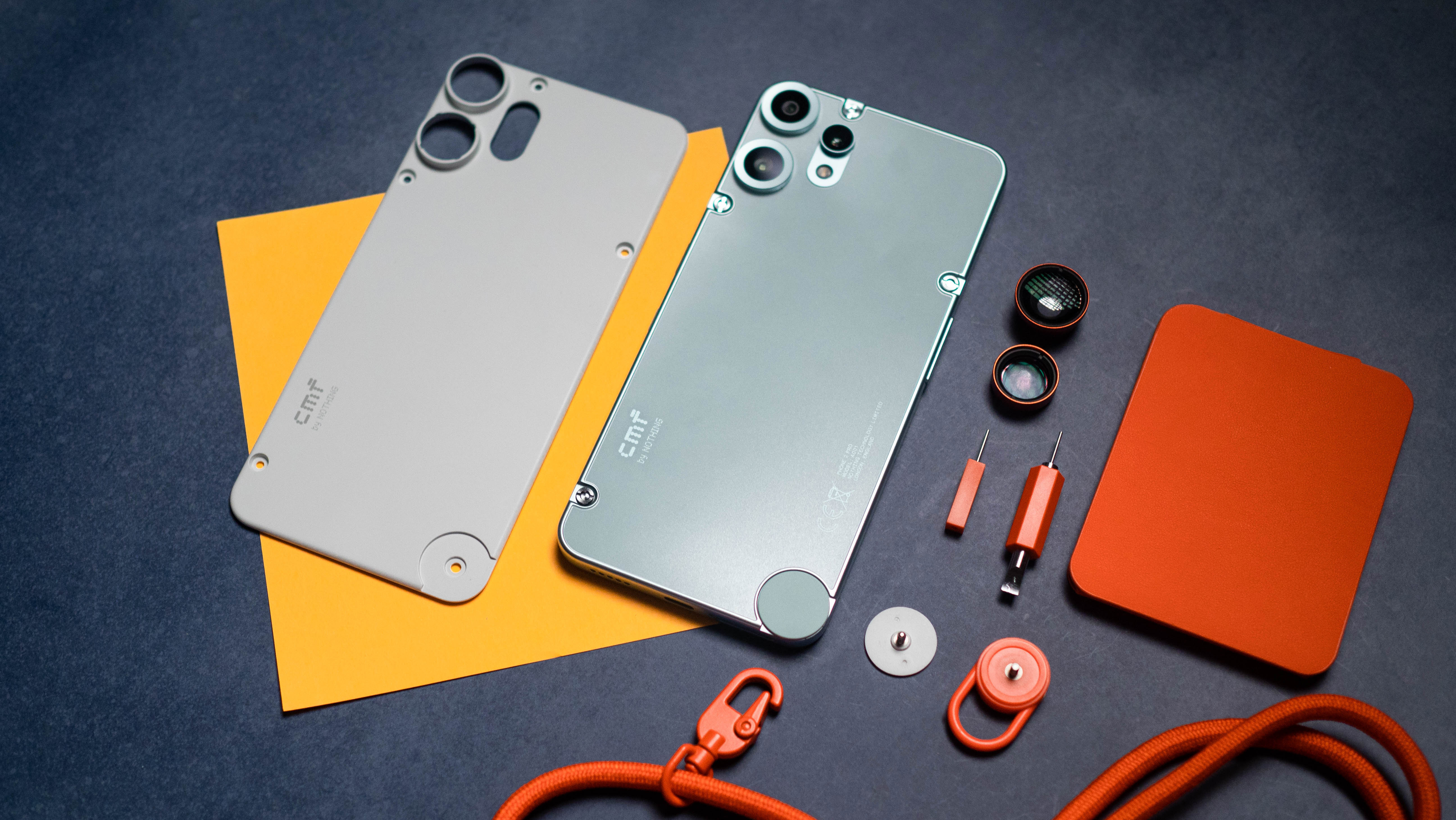
At a glance
1. Best overall
2. Best software
3. Best value
4. Best with a stylus
5. Best battery life
6. Best international
Honorable mentions
How to choose
How we test
Flagship phones costing a small fortune are commonplace, but you may be surprised to learn you don't need to spend that much to get a great device. You can get by with ultra-cheap handsets, but $400 is a budget sweet spot when shopping for Android phones in 2025.
It's easy to find premium features like dust and water proofing, extensive 5G support, great cameras, big batteries, and memorable designs. Phone makers have also doubled down on software support, offering nearly the same level as flagship phones.
When it comes to ultra-affordable phones, our top pick is the CMF Phone 2 Pro. It's not only offered for a great price, but it also runs smoothly and employs a quirky, stand-out design that makes it look more expensive than it actually is. But it's not the only option worth considering — and we have them all here.

Patrick is a no-nonsense deal hunter with over 10 years of experience in the eCommerce space. Whether you’re interested in a new wireless carrier, smart home device, or Android phone, Patrick combines hands-on research with practical shopping advice to get you the answers you need.
At a glance
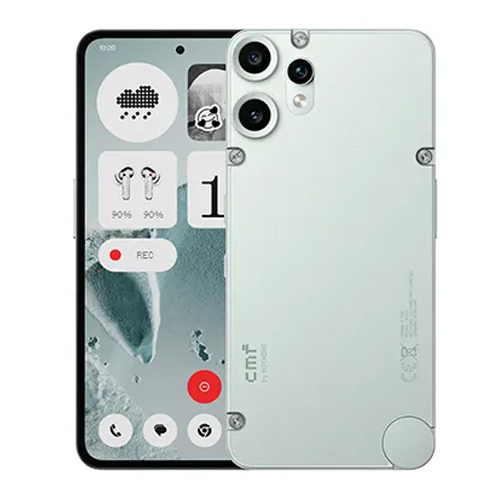
Best overall
When you sign up for the Nothing US beta program, you can get your hands on a phone that should cost $400 but costs $280. The phone has a bright display, speedy performance, great camera tech, and a design that you can upgrade at home.

Best software
The Galaxy A36 has a large AMOLED display with a 120Hz refresh rate and an IP67 rating. It gets up to six Android OS upgrades, and supports a sub-set of Galaxy AI features available in the premium models.
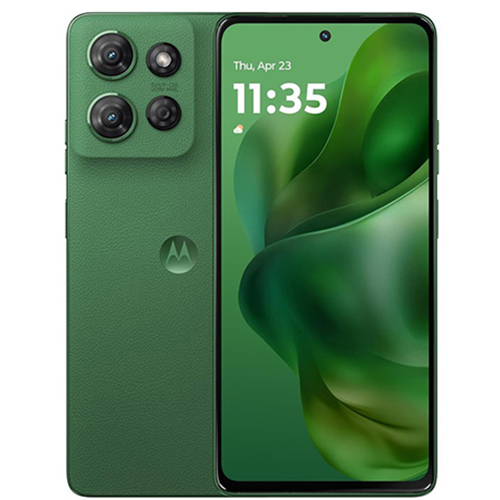
Best value
The Moto G Power 2025 offers amazing value at $300 since it is IP69 rated for the highest level of waterproofing, Plus, you get features like a microSD card slot and wireless charging.
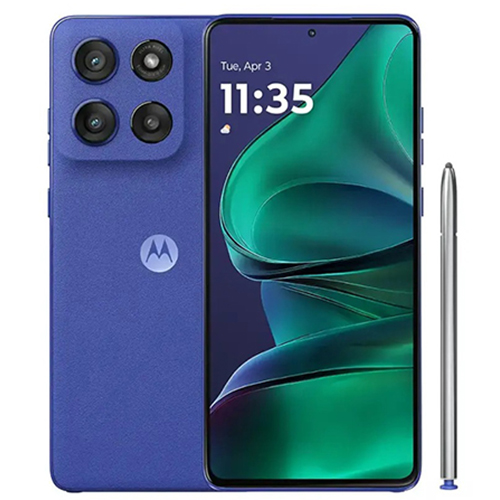
Best with a stylus
The Moto G Stylus 2025 version costs the same as the old one but comes with IP68 and MIL-STD-810H certifications, a brighter pOLED display, and faster 68W charging.
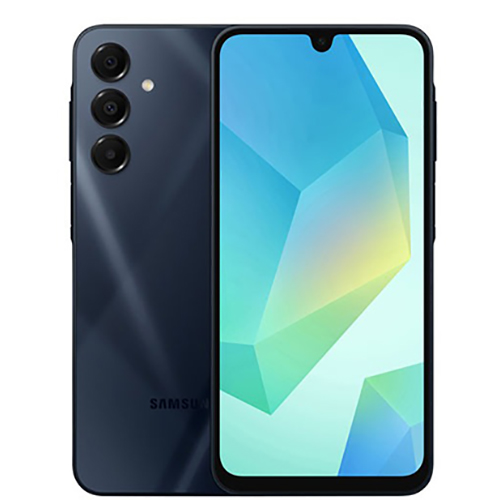
Best battery life
The Samsung Galaxy A16 5G is a solid budget buy if you're looking for battery endurance. It has a 5,000mAh battery, a MediaTek Dimensity 6300 processor, and 25W charging.
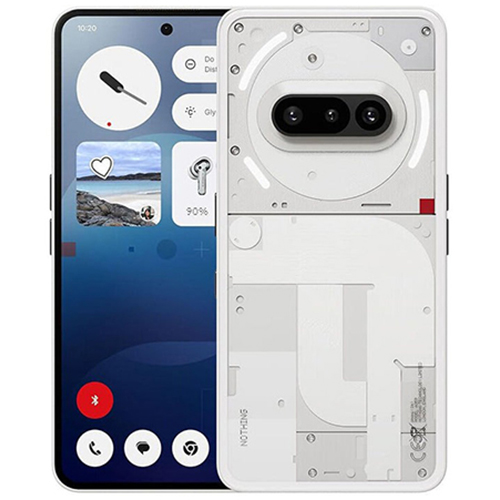
Best international
The Nothing Phone 3a is a remarkable and attractive device for budget shoppers. It improves on its popular predecessor by offering a telephoto camera, a cooler design, and a better processor.
Best overall
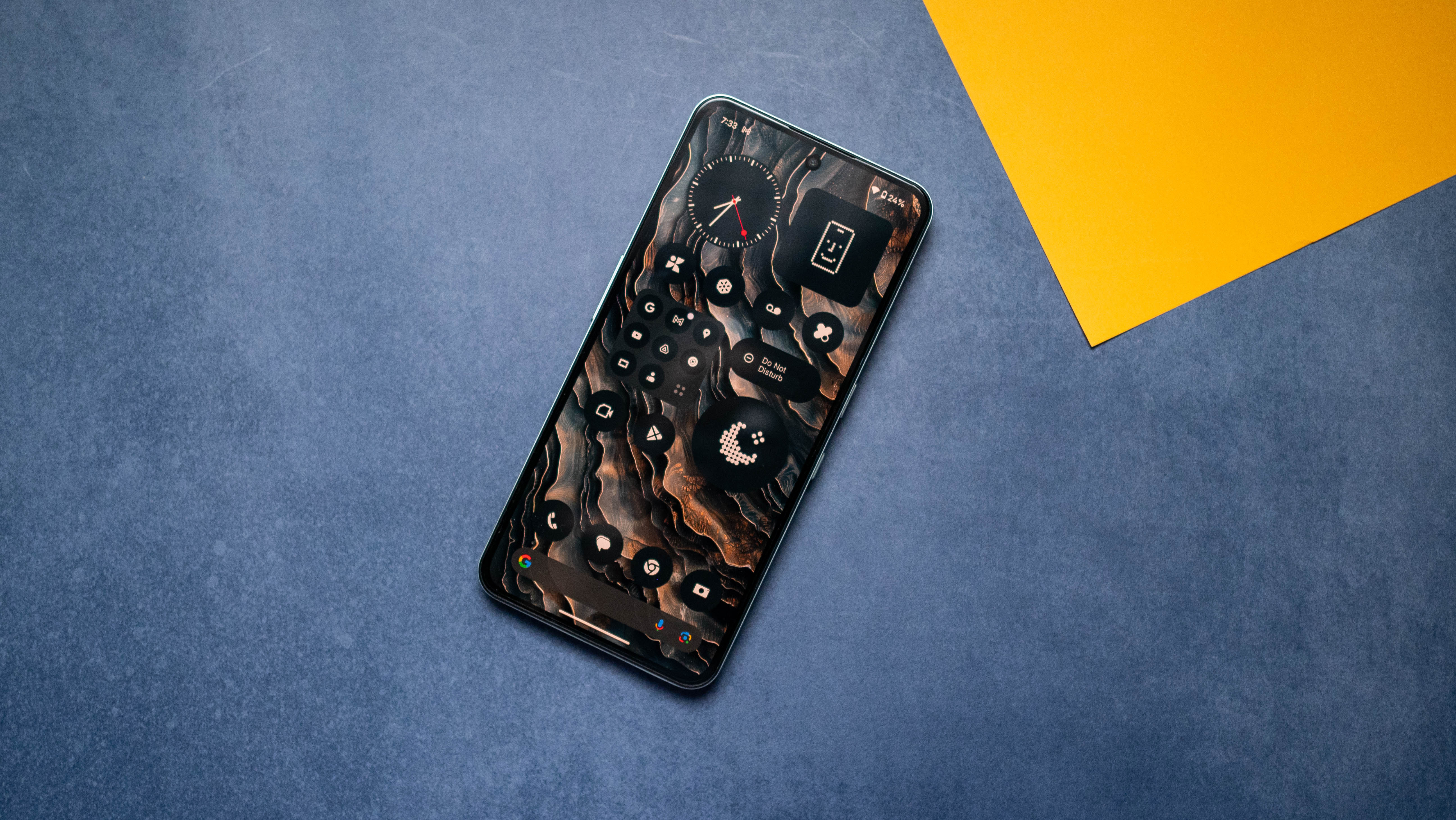
Specifications
Reasons to buy
Reasons to avoid
Cheap phones are all about compromises, but the CMF Phone 2 Pro by Nothing barely has any. It offer specs you'd expect from a mid-ranger like the Pixel 9a for hundreds of dollars less. If you think the Nothing phone is for you, it has a 6.77-inch FHD display that hits 1,300 nits, whereas some of our other top picks tap out at 1,000. Nothing also adds a massive 5,000mAh battery and a strong 50MP primary camera sensor.
For photography, you get a phone that takes quick shots with high-quality results, especially for portraits and selfies. Nothing went a step further and added a third telephoto camera as well, allowing you to capture higher-quality zoom shots.
Just like the Phone 1's quirky desin, the Phone 2 Pro takes a different approach to customization. Instead of a detachable back cover, there's a universal case that snaps on to the back and all the accessories attach to it. You can opt for a folding stand, special lenses for the cameras, and a lanyard cable.
Best software
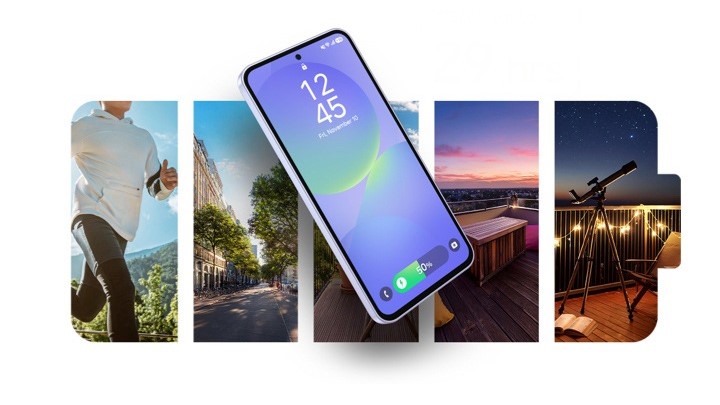
2. Samsung Galaxy A36 5G
Our expert review:
Specifications
Reasons to buy
Reasons to avoid
With a solid Snapdragon 6 Gen 3 chipset and 6GB of RAM, the Samsung Galaxy A36 is an affordable yet still decently powerful entry-level model in the Galaxy line. It has a 6.7-inch Super AMOLED panel with a 1080 x 2,340 resolution, 120Hz refresh rate, and up to 1,900 nits of peak brightness. The display's front glass is Gorilla Glass Victus Plus, and the smartphone even comes with an IP67 rating for dust and water resistance, so you don't need to worry if it gets wet.
The Galaxy A36 features a tweaked design, bringing back the singular pill layout for the rear cameras. You also get Gorilla Glass Victus Plus for the back panel, which is great to see.
The camera setup includes a 50MP primary sensor, 8MP ultrawide, and a 5MP macro camera. The battery is large at 5,000mAh and Samsung has finally given the A series 45W fast charging with a compatible wired charger.
The Samsung Galaxy A36 runs One UI 7 (Android 15) and it gets six generations of OS upgrades and six years of security patches. Samsung is also bringing some of its Galaxy AI features to the A36, calling it Awesome Intelligence. This includes a few features from Galaxy AI like Circle to Search. It's a pared down version but impressive that you get AI in a sub-$400 phone at all.
Best value
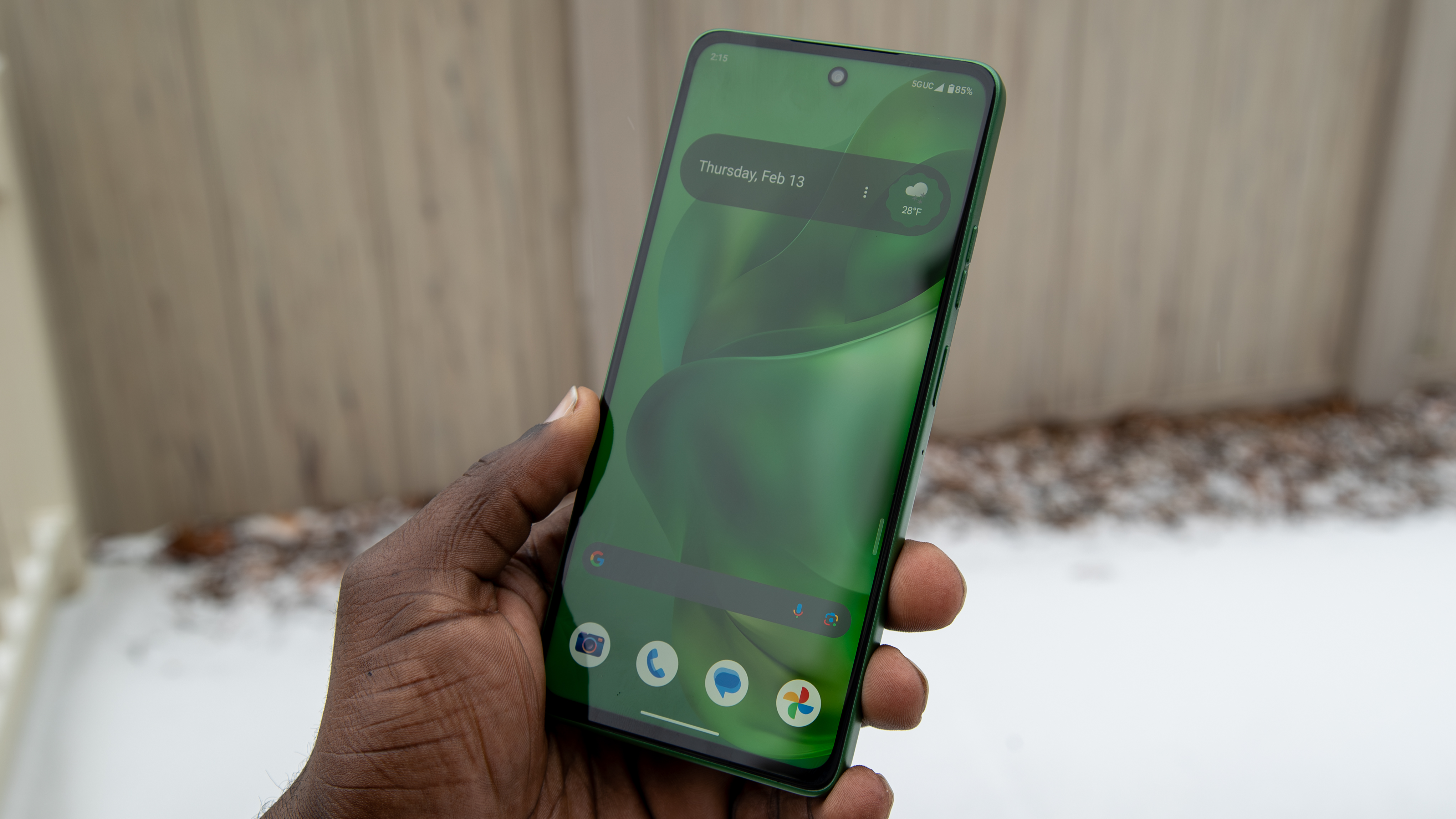
Specifications
Reasons to buy
Reasons to avoid
The 2025 edition of the Moto G Power really ups the ante on value thanks to the amazing IP69 and MIL-STD-810H certifications for waterproofing and toughness. The updated design and faux-leather back panel feel great to hold. What really stands out is the new Leaf Green colorway, which looks sublime.
For a change, Motorola now promises two OS upgrades for the Moto G Power 2025. It's a small improvement, but we'll take it. You get nearly stock Android 15 with the usual Motorola customizations. The processor is not that great though, and is actually a bit of a step down from the 2024 model. Due to this, we experienced some sluggishness during usage, but it wasn't consistent. Despite the big numbers for the cameras, the actual image quality is average at best.
What's really good is the battery life. The 5,000mAh battery is easily able to deliver more than a full day's worth of use per charge. The 30W wired charging is fairly quick and it's nice to see wireless charging too, even though it's only 15W.
Best with a stylus
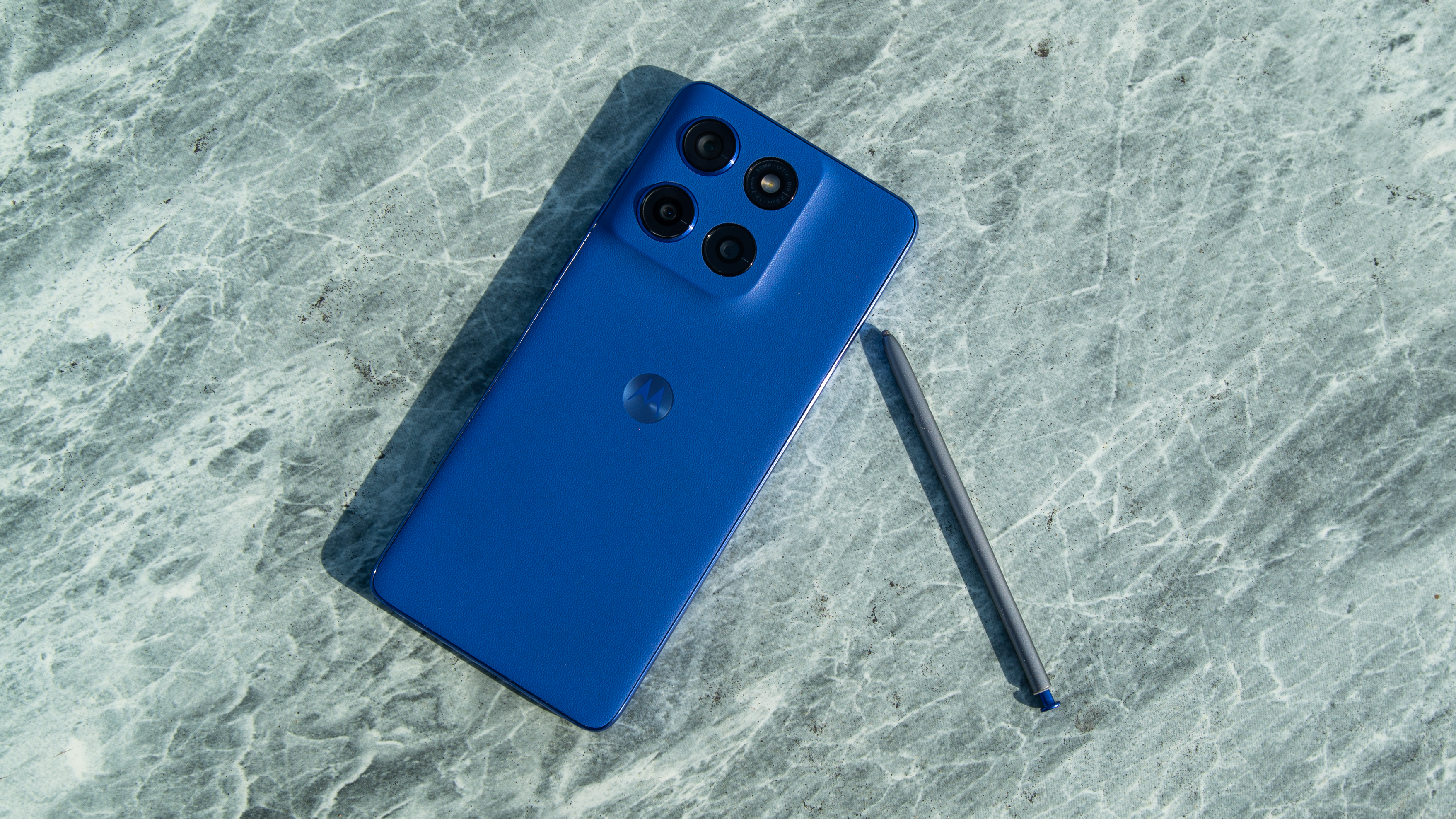
4. Moto G Stylus 2025
Our expert review:
Specifications
Reasons to buy
Reasons to avoid
Motorola invariably delivers smartphones with excellent value, but the brand hits a home run with the Moto G Stylus 2025. Even though it usually costs just a penny shy of $400, you can get the smartphone for much less during sales and festive season promotions.
So, what exactly is it that makes the Moto G Stylus 2025 a fantastic package? The new model follows the same design as the other 2025 Moto G launches, with four cutouts in the rear camera module, despite only having two cameras. The phone is now IP68 rated for full dust and water resistance, along with being MIL-STD-810H certified, so it's more durable than you'd expect from an entry device.
The display on the Moto G Stylus 2025 can hit 3,000 nits of peak brightness, which is incredible. It's a 6.7-inch pOLED panel with a Full HD resolution, but only Corning Gorilla Glass 3 protection. It's powered by the Qualcomm Snapdragon 8 Gen 3 SoC, which runs decently quick. There's a 50MP main camera, 13MP ultrawide, and a 32MP selfie camera. Finally, you get a big 5,000mAh battery with fast 68W charging and 15W wireless charging.
Best battery life
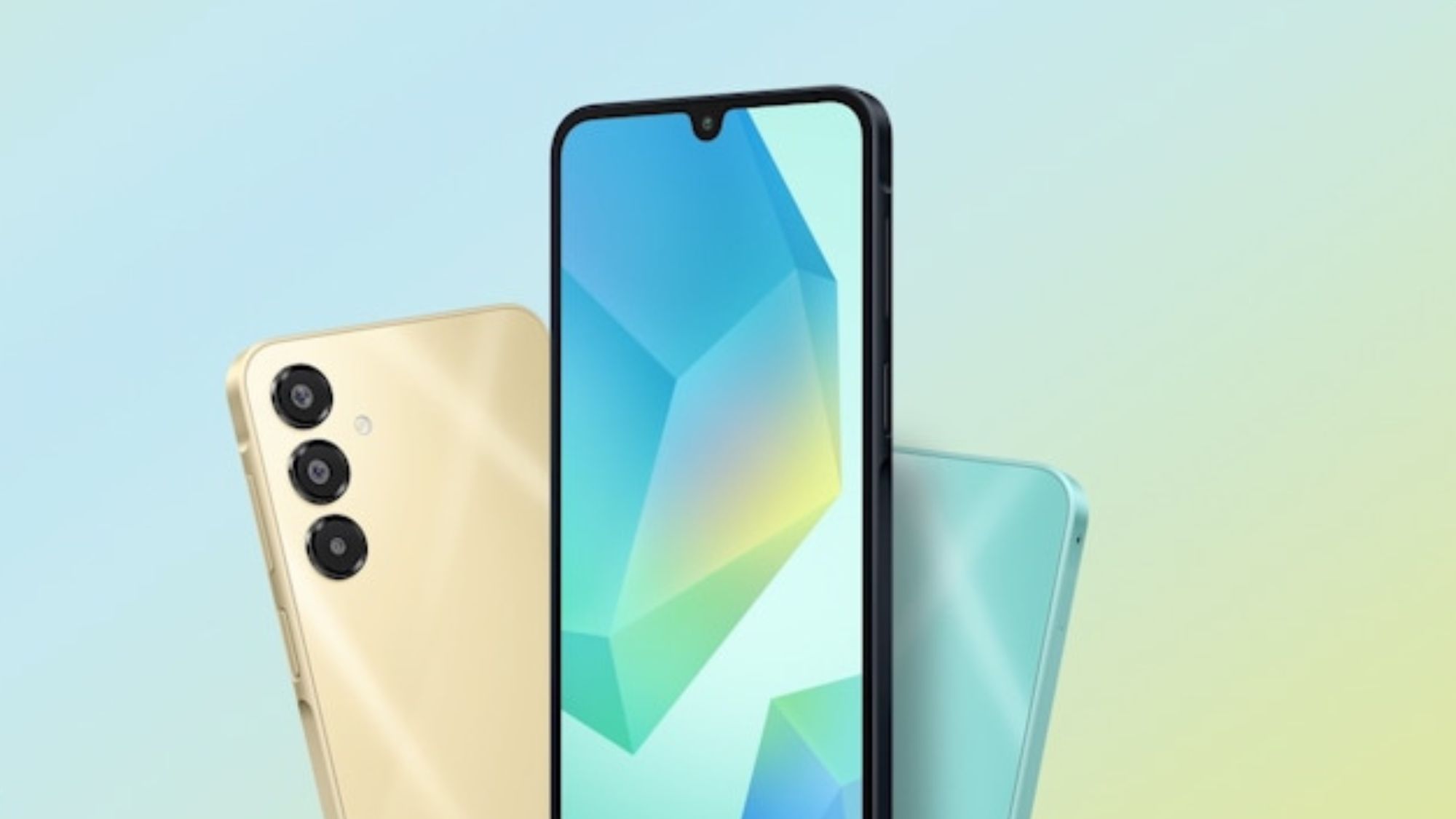
5. Samsung Galaxy A16 5G
Our expert review:
Specifications
Reasons to buy
Reasons to avoid
Another phone worth considering on a budget is the Samsung Galaxy A16 5G. It features a MediaTek Dimensity 6300 chipset and a Super AMOLED display for daily tasks. Consider this option if battery life is your primary concern and you'd rather save money than get more perks and extras.
The Galaxy A16 5G supports 25W wired charging, but Samsung didn't add wireless charging. This smartphone has a respectable IP54 rating and a sharp 6.7-inch Super AMOLED display, but it doesn't support HDR video. The Galaxy A16 5G has thin bezels and 128GB or 256GB storage options that are expandable through microSD. You get a taste of flagship phones with One UI 6.1 on top of Android 14.
The Samsung Galaxy A16 5G also features a 50MP wide-angle, 5MP ultrawide, and 2MP macro camera. Selfie lovers will also appreciate the 13MP selfie camera. You won't find the latest features available on the higher-end models, but this phone covers the basics and won't break the bank.
Best international
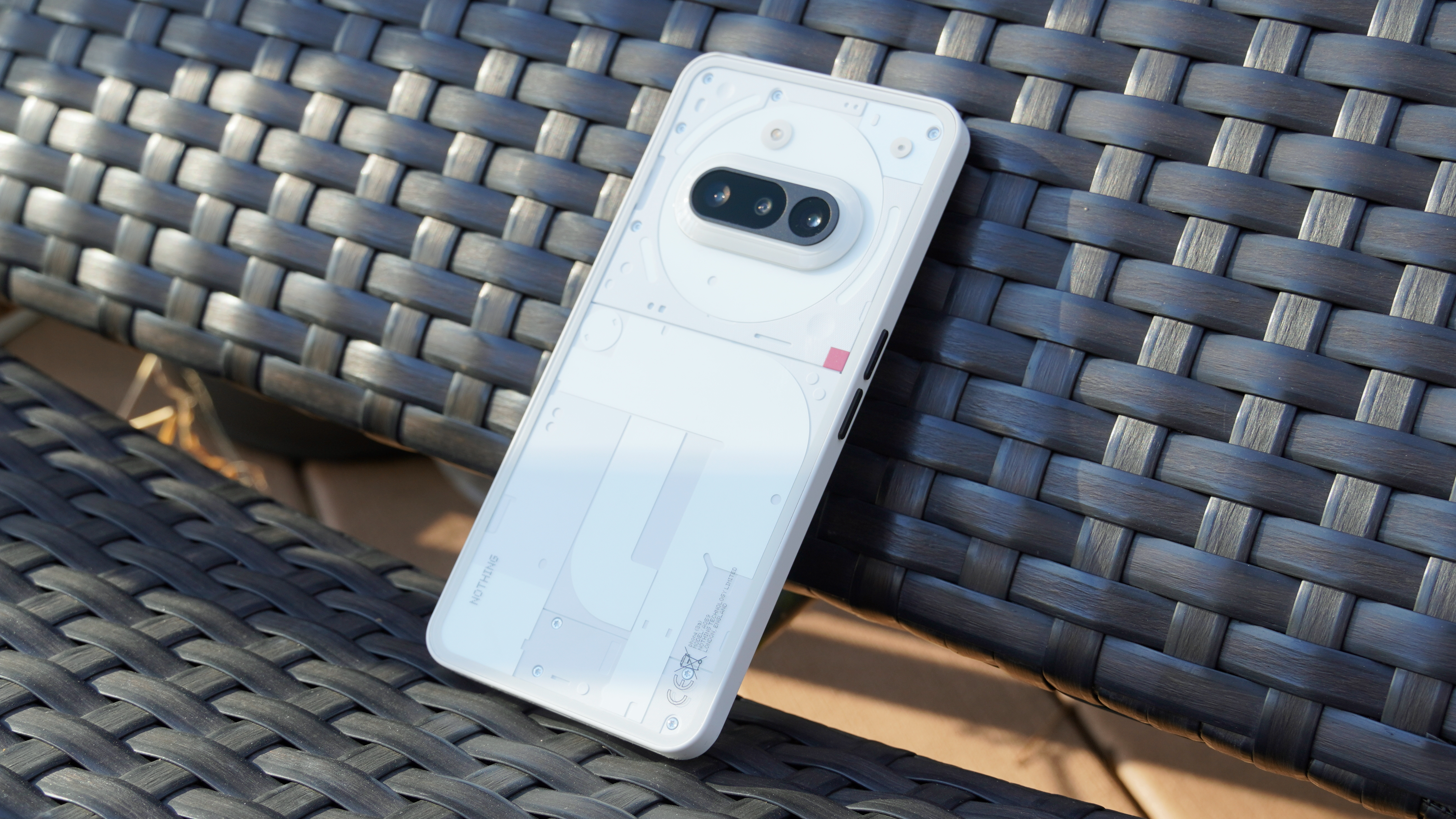
Specifications
Reasons to buy
Reasons to avoid
The Nothing Phone 3a takes everything that was great about the Phone 2a and makes it better. For starters, you get better dust resistance thanks to the IP64 rating. There's also the addition of a third 50MP telephoto camera on the back. A useful Essential Key on the side of the phone can be used to access a special menu of curated AI apps. Yes, this phone even gives you access to a limited selection of AI features.
It's one of the best looking phones in its class with a transparent back panel and Glyph lights. Nothing switched to a Qualcomm SoC for this one, but the Snapdragon 7s Gen 3's performance is slightly worse than the MediaTek SoC on the Phone 2a, so keep that in mind. This is mostly noticable during gaming, but daily use is still fine.
The other big issue is the limited availability in the U.S. But if you can find a way to get this phone, it's one of the most value-packed phones in its segment.
Honorable mentions & international phones
Unfortunately, you won't find some of the best Android phones under $400 in every region. Some phones sell out quickly, leaving only third-party resellers that repackage used phones without telling you.
If our picks above don't work for you, for whatever reason, we're also including a few other affordable picks below that we reviewed and liked for both U.S. and international buyers. They hit that low-to-midrange price window, whether or not you're paying in dollars, rupees, or any other currency.
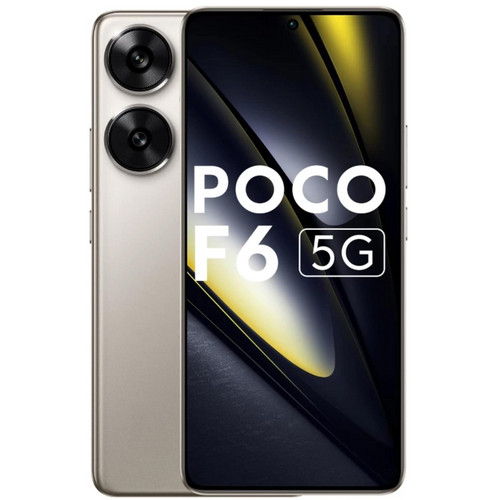
Mid-range gaming powerhouse
Our POCO F6 review gushed over its hardware: a Qualcomm Snapdragon 8s Gen 3 SoC clocked only slightly below the 2024 flagship version, up to 12GB of RAM, all-day battery life with wild 90W wired charging, and a 120Hz AMOLED display that hits 2,400 nits. It "manages to deliver better hardware than most of the options in this category," making it his "go-to recommendation in the mid-range segment." The original price tag is $339 or $379 with extra RAM.
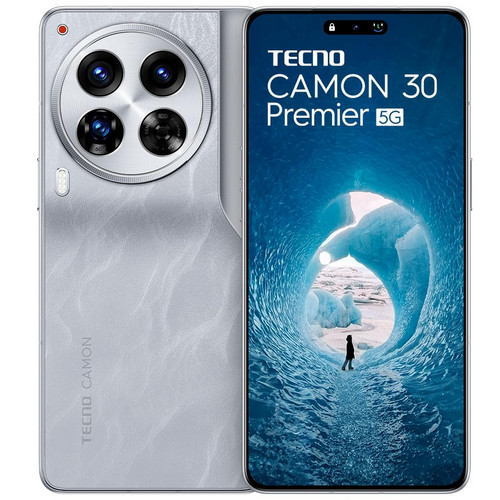
Great if you can find one
Our TECNO Camon 30 Premier 5G review notes that this outstanding phone is hard to find, especially in the U.S. Still, it costs about $350 (converted) for anyone in Africa, the Middle East, Latin America, and Southeast Asia. The phone has a 6.8-inch 1264 x 2780 LTPO AMOLED display, a Dimensity 8200 Ultimate chipset paired with 12GB of RAM, and four 50MP cameras, including a telephoto. The phone gives you "flagship killer" specs in a more affordable device. There are a couple of weaknesses with the software, though. But the phone's raw hardware is nearly unmatched.
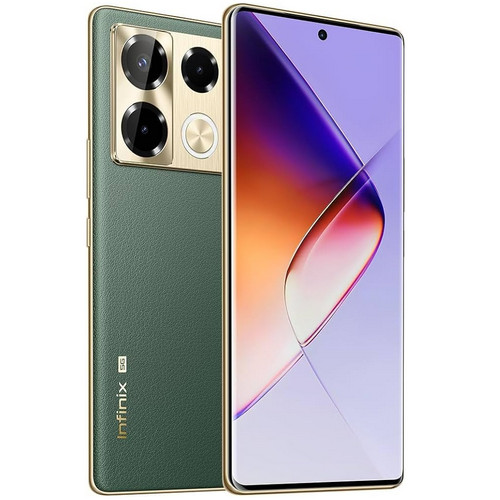
Another hard-to-find flagship killer
You can find this phone in Sub-Saharan Africa, Southeast Asia, South Asia, the Middle East, and Latin America. The Infinix Note 40 Pro+ 5G is another powerful and affordable phone for Europe and North America. It's a 6.8-inch 120Hz AMOLED phone with 12GB/256GB storage and a 108MP primary shooter with "solid detail, spot-on exposure, and mostly accurate colors." Our reviewer praised the Dimensity 7020 chip, which "won't slow down whether you're gaming, streaming videos, or just jumping between a bunch of apps." It has some GenAI tricks built-in with a $309 price tag.
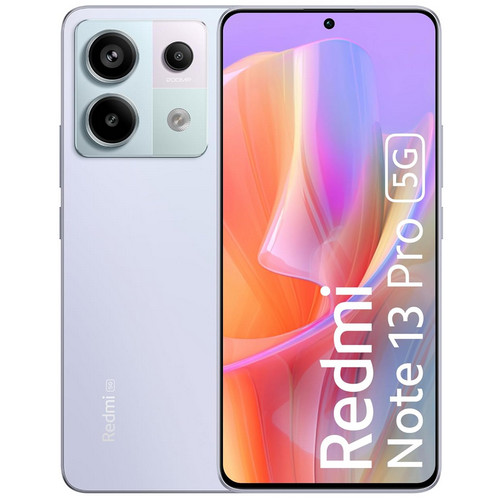
Two solid mid-rangers
Our Senior Asia Editor Harish Jonnalagadda gave the same ranking to the Redmi Note 13 Pro and Redmi Note 13 Pro Plus in his reviews: decent but flawed software. He was happy with the Snapdragon 7s Gen 2's ability to handle gaming and multitasking, the "vibrant" 120Hz AMOLED displays, and solid photos from the 200MP primary sensor. Xiaomi will eventually update both phones to Android 16, which is good at this price point. The Pro+ is the better option and still falls under $400, but you can choose the Pro to save even more.
How to choose
What are the best Android phones under $400?
Why you can trust Android Central
The sub-$400 market is highly competitive and confusing, but there have never been more options at this price point among the best Android phones readily available. Need something even cheaper? We've got you covered there, too, with our best Android phones under $300 buying guide.
In recent years, Nothing has emerged as our favorite budget phone, with the CMF Phone 1 by Nothing and Nothing Phone 3a being two well-reviewed options on our list. The CMF, in particular, costs well below $400 while offering specs you would find on more expensive models.
That said, there's a reason why Samsung phones always appear on this list. The Galaxy A36 5G gets six OS updates after Android 15, while most other picks stop at Android 16 or 17. That gives it longevity and fresh Android tricks, while the other models become outdated and lose the latest security patches more quickly.
If you're looking for a phone with a long battery life, consider the Samsung Galaxy A16 5G, which has a massive 5,000mAh battery. The phone also has a more prominent display and thinner bezels than last year's model.
These are the main factors to weigh before choosing a sub-$400 phone
When choosing the best Android phone under $400, consider these 10 key factors:
- Display quality: Most phones in this price range have FHD resolution, but only higher-end models upgrade from LCD to AMOLED and offer 1,000 nits of brightness or more.
- CPU: Some mid-range or budget phones use last-gen chips that are believed to be fast; others use mid-range chips created for that year specifically, which we generally find to be better in areas like efficiency. If you're worried, look up benchmarks for your prospective phone. Pay attention to efficiency and power.
- RAM: 8GB is the new standard for phones in this range; 6GB is only decent, and you can now find some with 12GB. More RAM is not limited to only gaming; it's also crucial for app multitasking.
- Cameras: Don't get fooled by useless secondary macro cameras or primary sensors with huge resolution numbers like 108MP or 200MP. 50MP is fine; what matters most is post-photo processing, the quality of the sensor, and other intangibles like exposure. Try to find reviews with photo samples.
- Ingress rating: Finding an IP68 rating on a non-flagship phone can be tricky. Check the spec sheet to see if the phone is water-resistant, and be careful about submerging it.
- Updates: Any phone in this range should offer at least one Android version update and three years of security. More than that is rare unless you get a phone from Samsung, Google, or Nothing; you should also look into the speed of updates, as Motorola can be pretty slow.
- Bloatware: Check our reviews for more details on specific models, but some cheap phones force you to keep their apps in your limited storage that you may have no intention of using. Being forced to keep apps you won't use is not good since you'll probably have to expand your storage or be mindful of what you store on the device to conserve space for the necessities.
- NFC: Most $300–400 phones have contactless payments, but not all (the CMF Phone 1 being one example). Some people count on Google Wallet and leave their physical cards at home, so don't assume every phone has it.
- Battery life: 5,000mAh is standard for phones in this range; all six of our picks stick with that number. If you're concerned about battery life, other secondary factors like the CPU's efficiency could make an actual distinction.
- 5G / carriers: Ensure your phone's modem is ready to handle your network of choice, especially if you try importing a cheap phone from another country. The CMF Phone 1, for example, works better on some U.S. networks than others.
How we test
☑️ One of the oldest and most trusted Android sites on the web
☑️ Over 15 years of product testing
☑️ Thousands of products reviewed and tested since 2007
☑️ Over 50 phones tested every year by our team
When we test phones at Android Central, we make sure to use them as our daily driver for the review period. We check app and gaming performance, battery life, call quality, and other criteria you'd expect over weeks so we don't miss anything. We try to use phones as regular consumers would, so we know what satisfies or frustrates you.
Specifically, we do benchmarks, camera tests, and longevity tests compared to other popular Android phones in the same price range. We look for things that won't appear on a spec sheet, like build quality or haptics, that make a real difference in the overall experience.
We test budget phones the same way we test flagship phones from big-name brands. For example, we run demanding apps side by side or graphics-intensive games to see how they affect battery life or overheat the device. To learn more, check out our guide to how Android Central tests and reviews phones.
Get the latest news from Android Central, your trusted companion in the world of Android

After almost a decade of working in the e-commerce space, Patrick Farmer (he/him) began his career at Android Central as a Deals and Commerce Writer before moving into a new role as AC's eCommerce Editor in 2023. When he's not hunting down the best deals and offering shopping advice for our readers, you'll often find him listening to music, camping out at a brewery, or treating his cat like a human child.
- Roydon CerejoContributor
- Brady SnyderContributor
- Nicholas SutrichSenior Content Producer — Smartphones & VR
- Michael L HicksSenior Editor, Wearables & AR/VR
